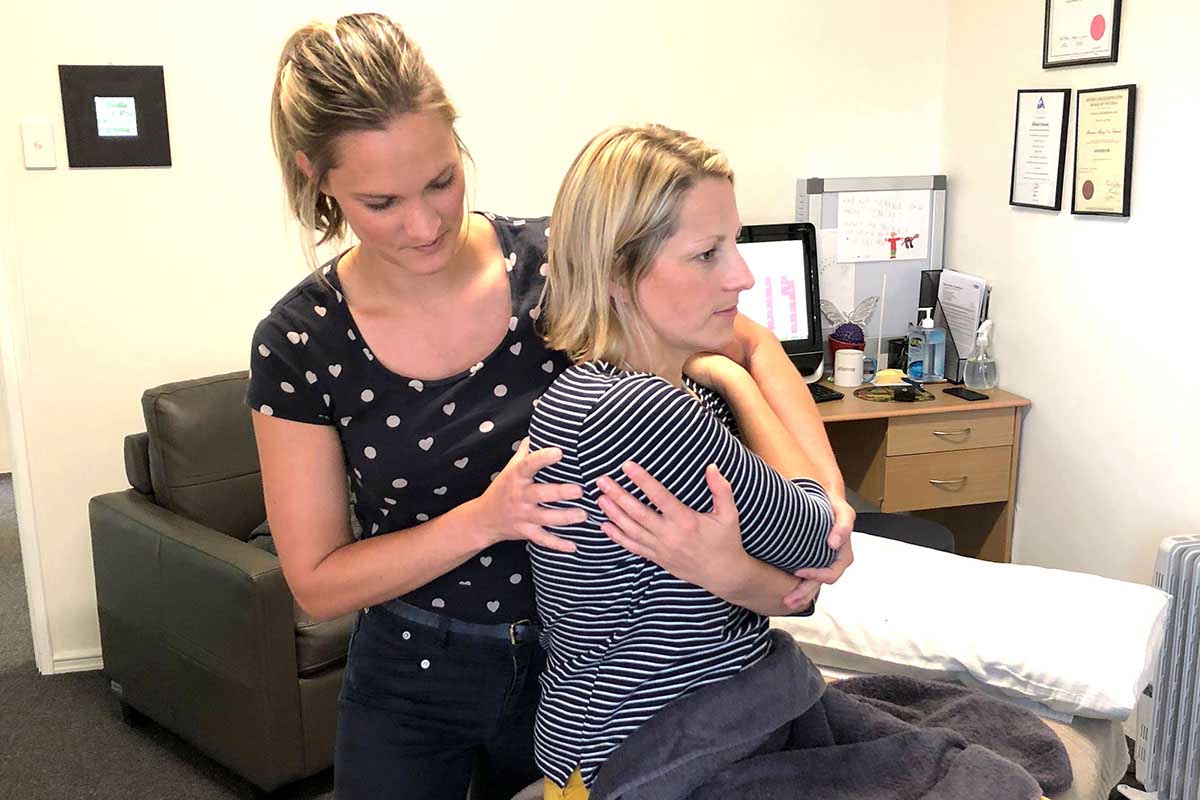
As more of us seek to improve our health and wellbeing, the popularity of lesser known treatments or health professions have increased. Osteopathy is a perfect example.
In the five years to 2017, HBF osteopathy claims rose significantly among both males and females aged 30-35, with a 417.6 per cent lift in males and a 405.3 per cent rise in females.
In 2016 to 2017 those claims equated to a 41.2 per cent increase in males and a 40.2 per cent in females.
But, what exactly is osteo?
Georgia Ellis, an osteopath working at Melville Osteopathy and member of the Osteopathy Australia board explains.
“Osteopathy is a whole body, hands-on therapy that focuses on how the body works as a unit and how this links to the quality of its overall function,” says Ellis.
“We’re interested in the global view of the body, regardless of the location of discomfort or pain.”
By focusing on how the skeleton, joints, muscles, nerves, circulation, connective tissue and internal organs function together, osteopaths are able to use techniques to help alleviate pain.
Techniques used include massage, myofascial release, stretching, joint manipulation and visceral manipulation. Osteopaths will also sometimes give advice on specific exercises, posture, general diet and lifestyle.
Osteopaths complete a minimum of four years university training in anatomy, physiology, pathology, general medical diagnosis and osteopathic techniques.
Who is osteo most suitable for?
Osteopaths consult 75,000 Australians per week nationally. As primary healthcare practitioners in Australia, a referral is not required to see one.
Common conditions that people seek help for include back or neck pain, sports injuries, headaches and migraines, aches or sprains, whiplash, postural problems, sciatica, knee and heel pain, shin splints, arthritis and occupational injuries.
“Patients range from very young to very old and very fit to very sedentary,” says Ellis. “We see an assortment of people from sewing enthusiasts to weekend warriors to elite athletes.”
Why has osteo experienced a boom in claims in the last five years?
“I can only speak anecdotally, but we normally see patients who’ve had limited success with other modalities of healthcare, and are still looking for a solution,” says Ellis.
“As osteopaths are interested in the global view of the body, they can approach a problem from a completely different angle.”
Ellis gives the example of a patient who may be complaining of low back pain after
knee surgery six months ago.
“The osteopath’s job is to assess the lower limb mechanics and try to return them to optimal function as that may relieve the extra demand on the lower back,” says Ellis.
What is the difference between osteopathy and physiotherapy and chiropractic?
Like physiotherapists and chiropractors, osteopaths are registered health professionals regulated by the Australian Health Practitioner Regulation Agency (AHPRA).
These practitioners are mostly manual therapists and can suggest exercise and lifestyle modifications that will help a patient improve as best they can.
“Our point of difference is that we’re very keen to understand how the body functions as one whole unit,” says Ellis. “Osteopaths can use techniques to influence different parts of the body, so we try to have a ‘big picture’ approach to diagnosis and management.”
How can osteopathy positively impact on mental health?
Research shows chronic pain and depression, or change in mood, are inextricably linked. Osteopaths also work closely with psychologists if referral is needed for mental health conditions.
However, Ellis notes that helping and encouraging a patient back to a hobby, exercise or participation in communities again is so beneficial to mood, purpose and community involvement.
“Educating a patient on their physical condition and wellbeing can empower them to focus on participating in the things they can do, not what they can’t,” she says.
How beneficial is osteo for kids?
Osteopathic treatment is suitable for children at all stages of development, including babies. Some osteopaths have completed postgraduate qualifications in paediatric osteopathy and work closely with your GP or maternal nurse.
“Osteopaths are trained to screen children whilst they are growing to observe things like scoliosis and consult on complaints that can affect growing bodies,” says Ellis.
“We apply the same principles of diagnosis and management to each patient, no matter how young they are,” she says. “We’re always interested in how their movement and function are interrelated.”
Get 60% back on Osteo, Physio and Chiro
Enjoy great benefits from any provider you want with HBF's Flex 60 Extras.
Related: Osteo, chiro or physio?
The difference between an osteo, chiro and a physio
When it comes to physios, osteos and chiros, many of us are confused. Who should we visit with a bad back, sporting injury or neck pain? And, who will provide us with the best outcome?
Read more